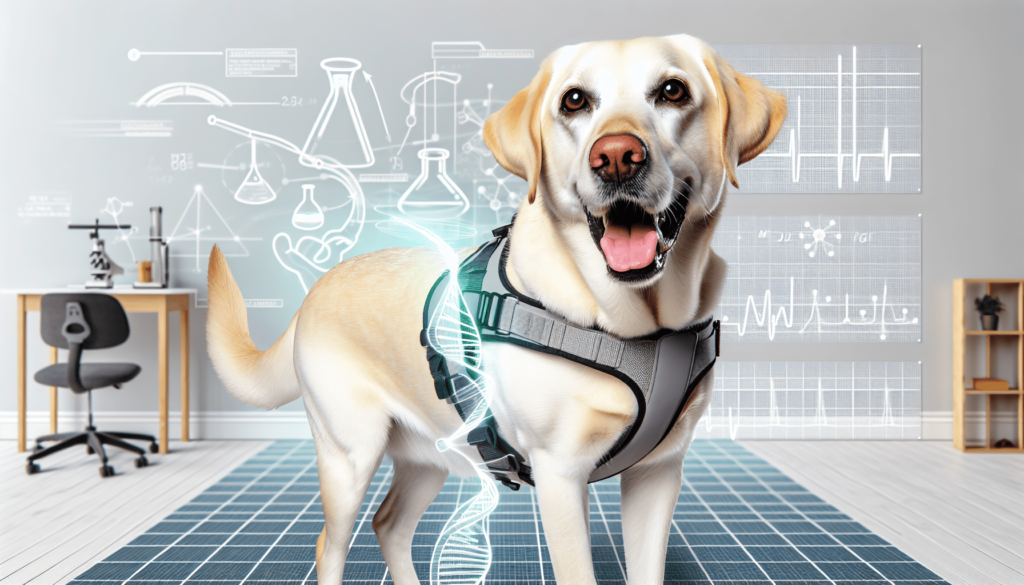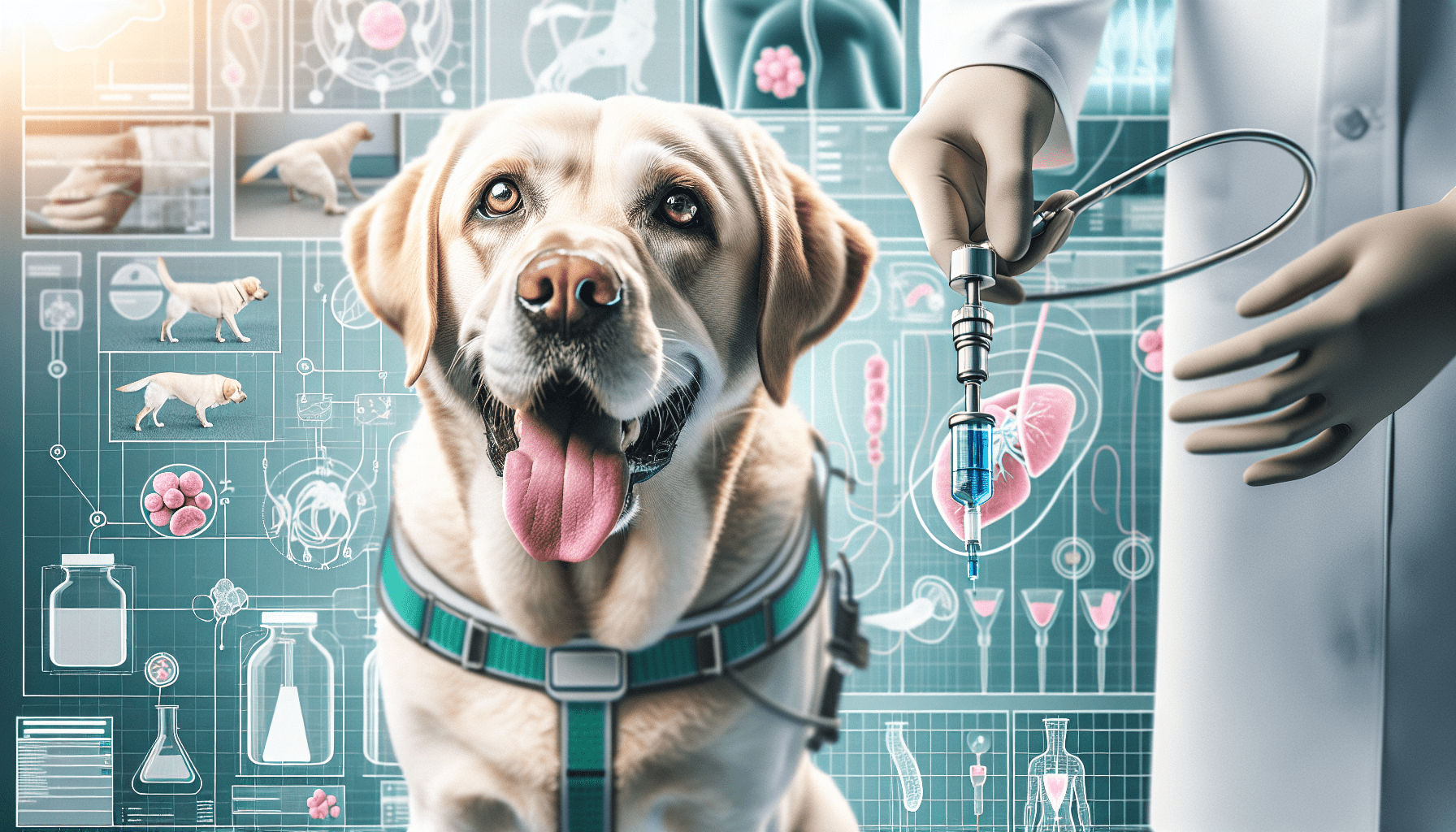Introduction
Have you ever wondered how pets are not just companions but also heroes in the world of medical research? Pets, such as dogs, cats, and even mice, are playing a vital role in advancing medical research and finding cures for various diseases. In this article, we will explore how these furry friends are making significant contributions to medical science.

Medical Benefits of Pet Ownership
Owning a pet is not just about having a fluffy companion; it also offers numerous health benefits for humans. Studies have shown that pet owners tend to have lower blood pressure, cholesterol levels, and stress levels compared to non-pet owners. The simple act of petting a dog or cuddling with a cat can release oxytocin, a hormone that promotes relaxation and reduces anxiety.
Pets are also known to improve mental health by providing emotional support and companionship. For individuals struggling with depression or anxiety, having a pet can bring a sense of purpose and routine to their lives. The unconditional love and affection that pets give can boost self-esteem and combat feelings of loneliness.
Table: Medical Benefits of Pet Ownership
| Health Benefit | Description |
|---|---|
| Lower blood pressure | Pet owners tend to have lower blood pressure readings compared to non-pet owners. |
| Reduced stress levels | Interacting with pets, such as cuddling or playing, can help reduce stress and promote relaxation. |
| Improved mental health | Pets provide emotional support and companionship, which can improve mental health and combat feelings of loneliness. |
The Role of Pets in Medical Research
Beyond the personal health benefits of owning a pet, these furry companions are also playing a crucial role in advancing medical research. Pets, particularly dogs and cats, are often used in studies to understand disease mechanisms, develop new treatments, and test the safety and efficacy of medications.
Dogs, for example, have been instrumental in cancer research. Their genetic similarities to humans make them valuable models for studying various types of cancer and testing new therapies. Similarly, cats have been used in research on conditions such as asthma and kidney disease, providing valuable insights that can ultimately benefit human patients.
Table: Examples of Pets in Medical Research
| Pet | Medical Research Application |
|---|---|
| Dogs | Studying cancer and testing new cancer therapies |
| Cats | Research on asthma and kidney disease |
| Mice | Testing medications and understanding disease mechanisms |
How Pets Help in Developing New Treatments
One of the key ways pets contribute to medical research is by serving as animal models for studying diseases and testing potential treatments. Because pets can spontaneously develop many of the same diseases that affect humans, they provide valuable insights into disease mechanisms and treatment efficacy.
For example, dogs are commonly used in cardiovascular research because they naturally develop heart disease, similar to humans. By studying heart conditions in dogs, researchers can better understand the mechanisms underlying these diseases and develop more effective treatments.
Table: Pets as Animal Models in Medical Research
| Disease | Pet Model |
|---|---|
| Cardiovascular | Dogs develop heart conditions similar to humans, making them ideal models for studying heart disease and testing new treatments. |
| Diabetes | Cats are used to study diabetes and develop new treatments for managing the disease. |
| Arthritis | Mice are often employed in research on arthritis to understand disease mechanisms and test potential therapies. |
Ethical Considerations in Using Pets for Research
While pets play a crucial role in advancing medical research, it is essential to consider the ethical implications of using animals in scientific studies. Researchers must adhere to strict guidelines and regulations to ensure the welfare and humane treatment of animals involved in research.
Institutional animal care and use committees (IACUCs) oversee the ethical treatment of animals in research settings and ensure that studies are conducted in a humane and responsible manner. Animals used in research must be provided with proper care, housing, and veterinary attention to minimize any potential harm or distress.
Table: Ethical Considerations in Using Pets for Research
| Ethical Consideration | Description |
|---|---|
| Institutional Oversight | Institutional animal care and use committees oversee and approve research protocols to ensure proper treatment and humane use of animals. |
| Animal Welfare | Animals used in research must be provided with adequate care, housing, and veterinary attention to ensure their well-being and minimize harm. |

Impact of Pet Ownership on Research Participants
Pets are not just passive participants in medical research; they also play an active role in improving the lives of patients and research participants. Therapy animals, such as dogs and horses, are commonly used in hospitals, nursing homes, and rehabilitation centers to provide emotional support and companionship to patients.
Research has shown that interactions with therapy animals can reduce pain, anxiety, and depression in patients undergoing medical treatment or recovering from illnesses. The presence of a friendly and comforting pet can create a sense of calm and distraction from the stress and discomfort of being in a healthcare setting.
Table: Impact of Therapy Animals on Research Participants
| Health Benefit | Description |
|---|---|
| Reduced pain and anxiety | Interactions with therapy animals can help reduce pain, anxiety, and depression in patients undergoing medical treatment or recovering from illnesses. |
| Emotional support and companionship | Therapy animals provide emotional support and companionship to patients in healthcare settings, creating a sense of calm and comfort during difficult times. |
Future Directions in Pet-Assisted Medical Research
As the field of medicine continues to evolve, the role of pets in advancing medical research is also expanding. New technologies, such as genetic sequencing and personalized medicine, are allowing researchers to study diseases more effectively and develop targeted treatments for individual patients.
In the future, pets are likely to play an even more significant role in personalized medicine and precision healthcare. By leveraging the genetic and physiological similarities between humans and animals, researchers can develop tailored therapies that are more effective and less invasive, leading to better outcomes for patients.
Table: Future Directions in Pet-Assisted Medical Research
| Technology | Impact on Pet-Assisted Medical Research |
|---|---|
| Genetic sequencing | Enables researchers to study diseases more effectively and develop personalized treatments for individual patients. |
| Personalized medicine | Allows for the development of tailored therapies that are more effective and less invasive, improving patient outcomes. |
Conclusion
In conclusion, pets are not just furry companions but also valuable partners in advancing medical research and improving patient care. From serving as animal models for studying diseases to providing emotional support to patients, pets play a vital role in the field of medicine. As researchers continue to explore new treatments and technologies, the contributions of pets are likely to become even more significant in shaping the future of healthcare. So next time you snuggle with your pet, remember that they are not just your loyal friend but also a hero in the world of medical science.

